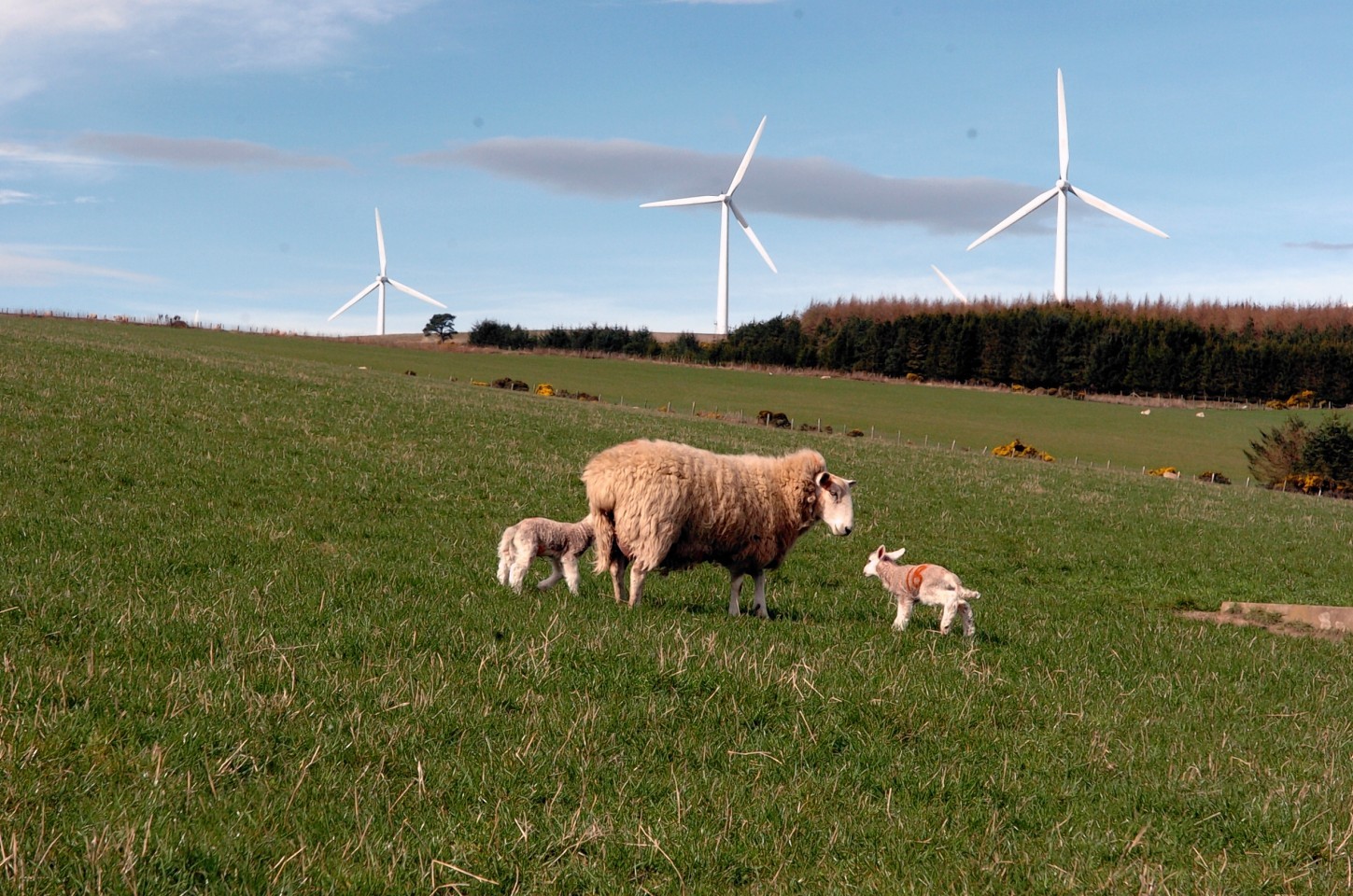Restricting farm support funds so that they only reach active farmers might seem a simple enough objective but it is still proving to be a real challenge.
Ever since the new Common Agricultural Policy (Cap) was mooted back in 2009, Farm Minister Richard Lochhead has made the eradication of “slipper farming” a priority. NFU Scotland has been no less keen to make sure only genuine farmers are rewarded from what has become a much smaller funding package.
The alliance continues with NFU Scotland this week writing to Mr Lochhead praising his “robust attempts” to ensure activity is rewarded.
At the same time however the union is warning that European Commission interpretation of the rules is making the task more difficult. Additional measures may be needed to close loopholes which if exploited, as surely they would be, would see money seeping away to the detriment of the industry.
The slipper farmer of the old regime made money from parking high value entitlements on very poor land in the north and west of the country. That option has been made non-viable with the designation of such land as Region 3 with a payment of only 10 euros (£7.73) per hectare and the need for minimum stocking.
NFU Scotland has however identified two possible ways for a new breed of slipper farmer to prosper.
The first involves renting or owning Region 1 land but doing nothing beyond maintaining it to a qualifying standard. Region 1 encompasses 4.45million acres of the 11.86million acres classified as agricultural land and is nominally the best in the country with its mix of arable, temporary grass and permanent grass. Some of it however is of quite poor quality and could be rented cheaply enough to make the standard Basic Payment Scheme (BPS) rate of about 220 euros (£170) per hectare leaving an attractive margin without having to produce anything from it.
The second category of concern would be those who use Region 1 land to claim payments but through the use of seasonal or grazing lets ensure that others deliver the agricultural activity.
NFU Scotland president Nigel Miller said: “In developing new payment regions under the BPS that try to mirror agricultural activity, the Scottish Government has wide industry support. Rewarding active producers in these payment regions is underpinned by both coupled schemes and the Scottish clause applied to land in Regions 2 and 3 with direct links to grazing activity.
“However, in the last 12 months, Scotland’s robust approach to activity has required modification to fit within the European Commission’s demands. That straitjacket must not create new pathways to slipper farming on the more productive, better quality land in Payment Region 1.”
He said the Scottish Government needed to work past EU constraints to ensure that any direct support payments were focused on productive land management.
“The union believes that additional barriers must be created to avoid negative impacts. Placing meaningful obligations on those that choose a maintenance approach for Region 1 land, rather than active farming, is important,” added Mr Miller, who is due to step down from his post next month.
